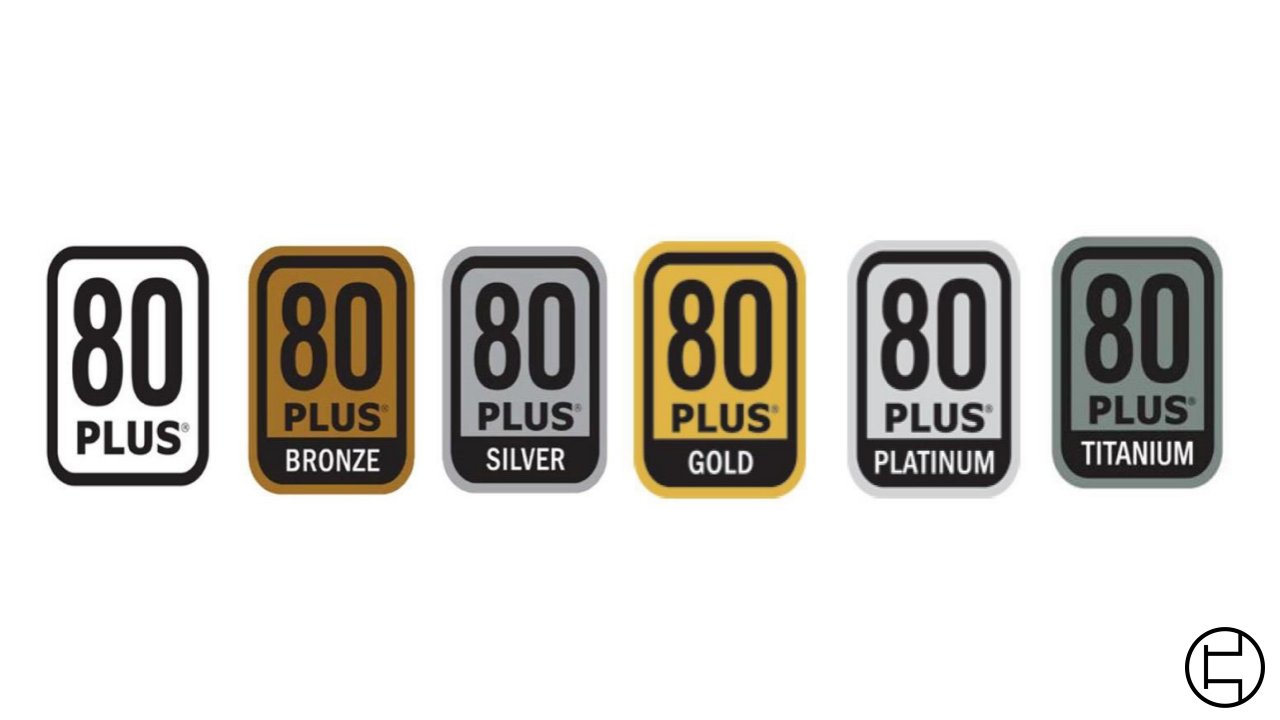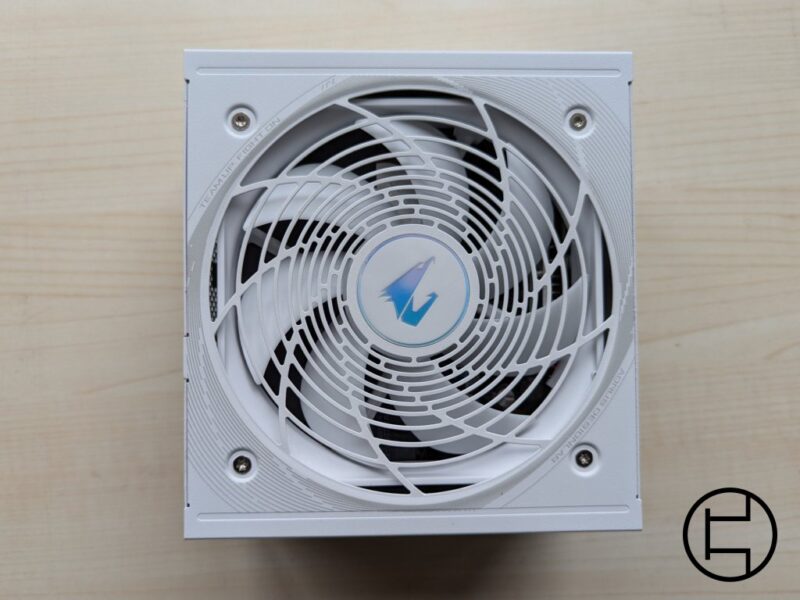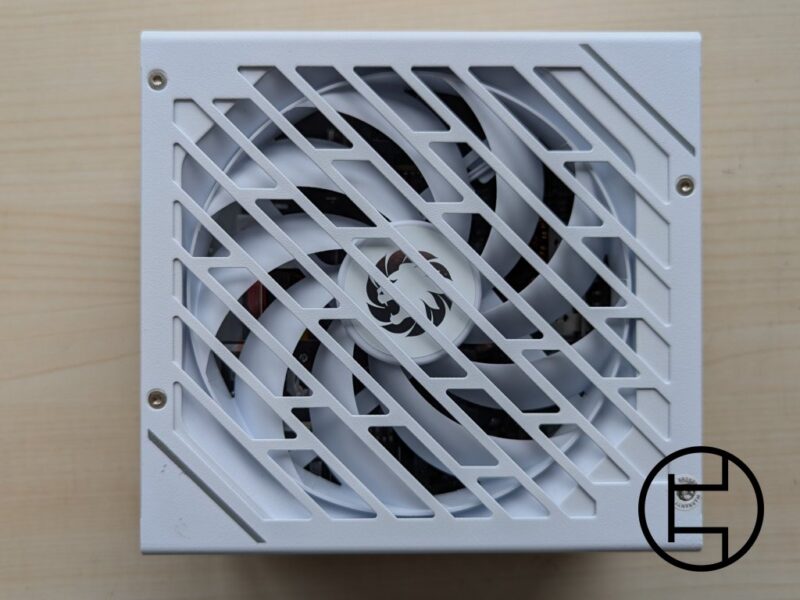Introduction
80 plus has been a well-known specification for decades now. It started off as a simple indication if a PSU can meet 80% efficiency, eventually evolving to its current state where it added the bronze, silver, gold, platinum and titanium tiers, as well as testing for the power factor. It’s used by many aftermarket manufacturers and to some even an indication of quality. But today, we’re looking at the limitations of the specification as is, and why it should adapt to a more modern version of itself. But first, let’s get into explaining in detail what 80 plus actually is.
80 Plus – Current Testing
| Rating (115v) | 10% (very low load) | 20% (low load) | 50% (typical load) | 100% (Full load) | Power Factor |
|---|---|---|---|---|---|
| 80+ | Not applicable | 80% | 80% | 80% | 0.90+ at 100% |
| 80+ Bronze | Not applicable | 82% | 85% | 82% | 0.90+ at 50% |
| 80+ Silver | Not applicable | 85% | 88% | 85% | 0.90+ at 50% |
| 80+ Gold | Not applicable | 87% | 90% | 87% | 0.90+ at 50% |
| 80+ Platinum | Not applicable | 90% | 92% | 89% | 0.95+ at 50% |
| 80+ Titanium | 90% | 92% | 94% | 90% | 0.95+ at 20% |
| Rating (230v EU) | 10% (very low load) | 20% (low load) | 50% (typical load) | 100% (Full load) | Power Factor |
|---|---|---|---|---|---|
| 80+ | Not applicable | 82% | 85% | 82% | ≥0.90 at 100% |
| 80+ Bronze | Not applicable | 85% | 88% | 85% | ≥0.90 at 50% |
| 80+ Silver | Not applicable | 87% | 90% | 87% | ≥0.90 at 50% |
| 80+ Gold | Not applicable | 90% | 92% | 89% | ≥0.90 at 50% |
| 80+ Platinum | Not applicable | 92% | 94% | 90% | ≥0.95 at 50% |
| 80+ Titanium | 90% | 94% | 96% | 91% | ≥0.95 at 20% |
80 plus in a basic idea tests the efficiency with which a PSU can convert AC power to DC power. They measure and calculate that percentage for 3-4 different loads and accordingly give a rating to the unit. For this reason, it’s not an indication of quality, it’s purely to see how efficiently it can convert AC power to DC power. When it was introduced, this was something groundbreaking, as until then, manufacturers have used their own claims instead. But less so today…
Read more about 80+ here
Issue 1 – Testing Limits
The most obvious testing limit is the number of loads. 80 plus measures at 3-4 different loads and bases its conclusion off that. There isn’t any measuring of how efficient the stand-by rail is, how efficient it is at low loads, something that recently became part of the new ATX 3.0 specification and won’t see efficiency at loads between the ones tested.
80 plus is also the reason many believe the myth of 50% being the highest point of efficiency. With modern LLC resonant PSUs, the curve beyond low loads becomes almost linear and peaks between 30 and 80% load. For the loads 80 plus is testing, it indeed makes 50% the most efficient. But if you look at steps of 10% instead of the huge steps between loads that 80 plus is taking, it becomes a slightly different story.
80 plus also doesn’t keep electrical performance or reliability in mind. This means that even if the unit were to fail after testing, it won’t affect the rating. The same is true about the quality of parts used, the electrical stability of the unit and so on. The current testing methodology doesn’t measure it, nor does it keep it in mind in any way, shape or form.
Issue 2 – Cheating
The second issue, result of the first, makes the specification easy to cheat on. The following methods are proven to work by events in the past:
- Increasing ripple to achieve a higher efficiency
- Send a completely different unit
- Let an 80+ rating cover completely different models
- Sending golden samples
A prime example of this is the Aresgame AGS750, made by Jiumeng. This is a unit verified to 80 plus gold, yet in both Aris’ testing at Tomshardware and certification by Cybenetics didn’t come higher than the average 80 plus bronze unit.
Solution 1 – Modernizing
The first solution should obviously be for 80 plus to modernize and get up to current standards. A few suggestions I would make are
- Electrical performance like ripple, voltage regulation and holdup time
- 5VSB efficiency
- Vampire power
- Increase the number of loads tested to a minimum of 2%/20w load and 10-110% in increments of 10%
- Test multiple samples
Solution 2 – Cybenetics ETA
Now… if only something like that existed right now… welp, it does. Cybenetics is a lab in Cyprus (Close to Greece) that currently has over 900 public reports on ATX PSUs across the industry that are tested according to the ETA protocol. They include everything I mentioned above as well as offering a “beta” test suite for manufacturers to get detailed reports of prototypes. We were even quoted a significantly lower price compared to the 6000 USD that 80 plus asks per input voltage. We’ve been able to use Cybenetics’ reports in our reviews to show off the electrical performance of units, something we can’t do based off 80 plus reports. Silverstone recently even chose to fully drop 80 plus for new units, fully committing to ETA ratings for efficiency.
| Rating (115v) | Overall efficiency | Power Factor | 5VSB Effciency | Vampire power |
|---|---|---|---|---|
| ETA Bronze | ≥82% & <85% | ≥0.950 | >71% | <0.25W |
| ETA Silver | ≥85% & <87% | ≥0.960 | >73% | <0.22W |
| ETA Gold | ≥87% & <89% | ≥0.970 | >75% | <0.19W |
| ETA Platinum | ≥89% & <91% | ≥0.975 | >76% | <0.16W |
| ETA Titanium | ≥91% & <93% | ≥0.980 | >77% | <0.13W |
| ETA Diamond | ≥93% | ≥0.985 | >79% | <0.10W |
| Rating (230v) | Overall efficiency | Power Factor | 5VSB Effciency | Vampire power |
|---|---|---|---|---|
| ETA Bronze | ≥84% & <87% | ≥0.910 | >70% | <0.25W |
| ETA Silver | ≥87% & <89% | ≥0.920 | >72% | <0.23W |
| ETA Gold | ≥89% & <91% | ≥0.930 | >74% | <0.20W |
| ETA Platinum | ≥91% & <93% | ≥0.935 | >75% | <0.18W |
| ETA Titanium | ≥93% & <95% | ≥0.940 | >76% | <0.15W |
| ETA Diamond | ≥95% | ≥0.950 | >78% | <0.12W |
Read more about Cybenetics ETA here
Conclusion
This article isn’t meant to bash on 80 plus. It was a great specification for its time and has already made a few improvements over the years, but at a price of 6000 USD per input voltage, you should expect more than a few loads tested on efficiency and a fancy sticker to put on your product. If 80 plus doesn’t modernize itself, I will fully stand behind ETA as its successor.


